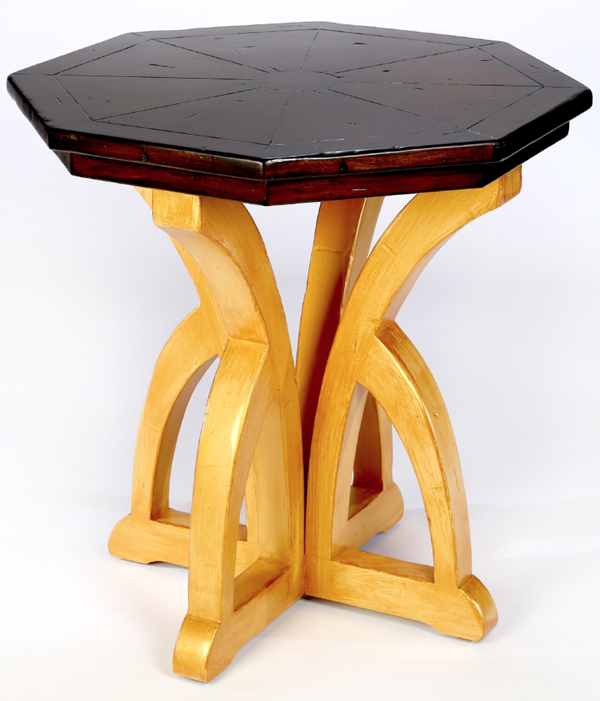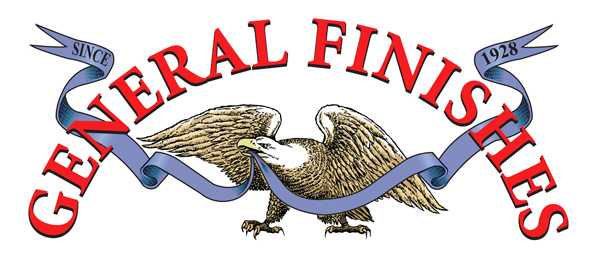
With more than 200,000 social media followers, Wisconsin-based General Finishes uses this consumer feedback as one way to keep tabs on the marketplace, where design trends about colors and other consumer finishing preferences can change rapidly.
“(Social media) has propelled us to the forefront, ahead of other companies,” says Tom Monahan. “It helps us to be agile in the marketplace.”
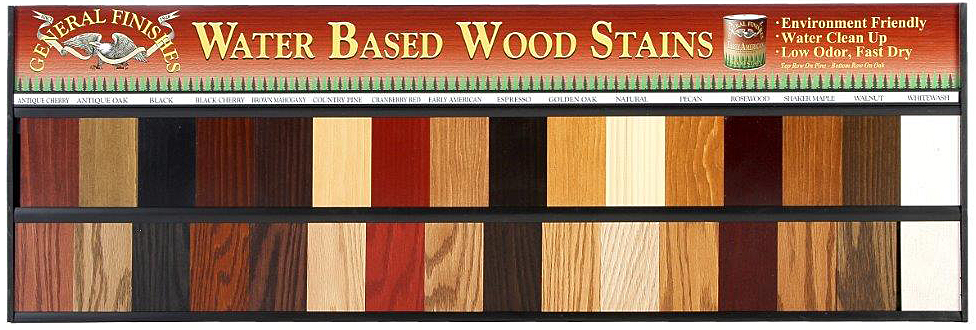
And that “agility” has influenced General Finishes (GF) recently to improve the performance characteristics of its Water Based Wood Stains and to launch a new Stain Blocker Primer that, Monahan says, will set it apart from all other primers. Both products, the improved stains and the new primer, were launched in May.
GF has offered a palette of 16 Water Based Stains for about two decades, but now the chemistry has been completely reformulated. Up until this year, the previous stains contained both pigment and dye, which is a common blend for consumer wood stain. But, the downside to a dye component is that some dyes aren’t lightfast and can fade over time, changing the stain color.
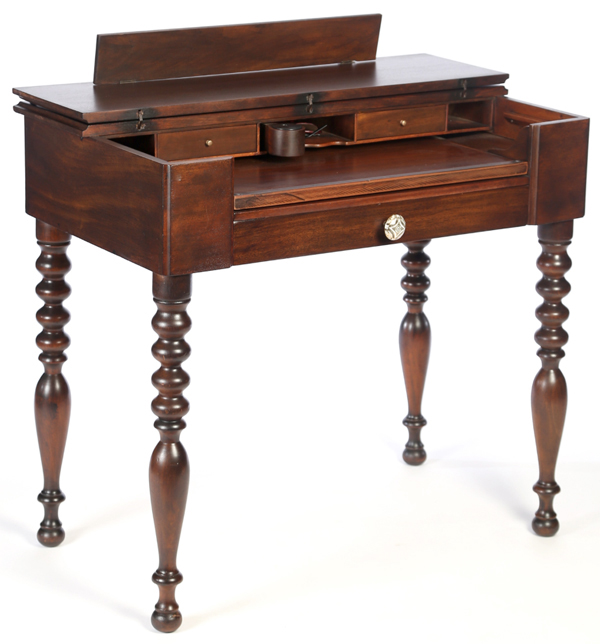
Now, GF Water Based Stains are making use of micronized pigments instead of larger pigments and dye, and Monahan considers it a radical shift in chemistry. “These pigments have a small enough particle size that they produce a deep clarity not found in other pigmented stains. The product provides superior quality and light stability.”
In addition to better color retention, the updated GF Water Based Stains have improved workability, which is brought about by modifying other aspects of the chemistry. The resin system now has been changed to an oil/water hybrid. It makes the product easier to wipe on with fewer lap marks and also simpler to repair. And, Monahan says you can apply the stain right over an existing finish to change the color or enhance it, similar to the way gel stains are being used.
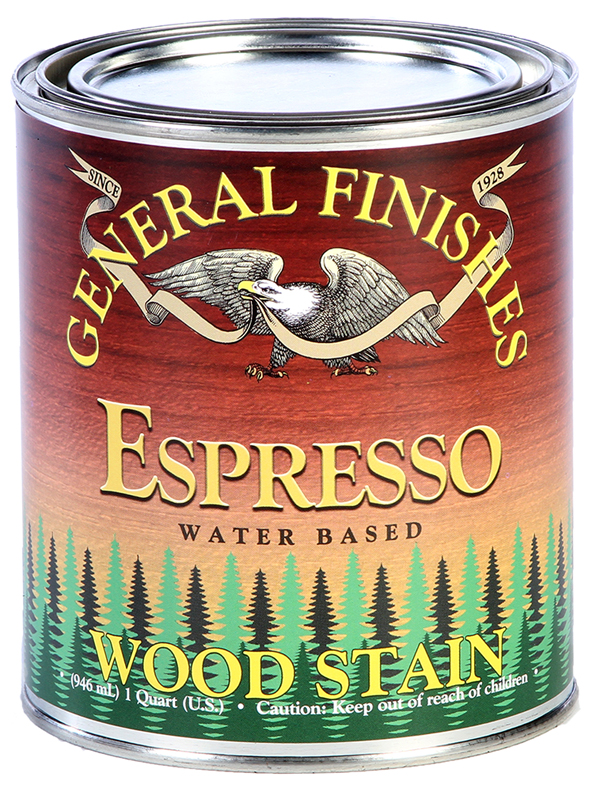
Another benefit comes when the stain dries. Now, water-based varnish or poly can be brushed over it with virtually no “color pull” — the tendency of the stain to dissolve slightly and smear when the topcoat is applied. Other topcoats like oil-based varnish, wiping finish, shellac or lacquer are options, too. The improved Water Based Wood Stains are compatible with them all.
Social media outlets give GF a window into consumer trends 24 hours a day, 7 days a week, Monahan admits. And when it comes to stain color preferences, that feedback is invaluable. “We have used Facebook, Pinterest, Instagram and Google + as avenues to both release new colors and learn what colors people are looking for,” he says.
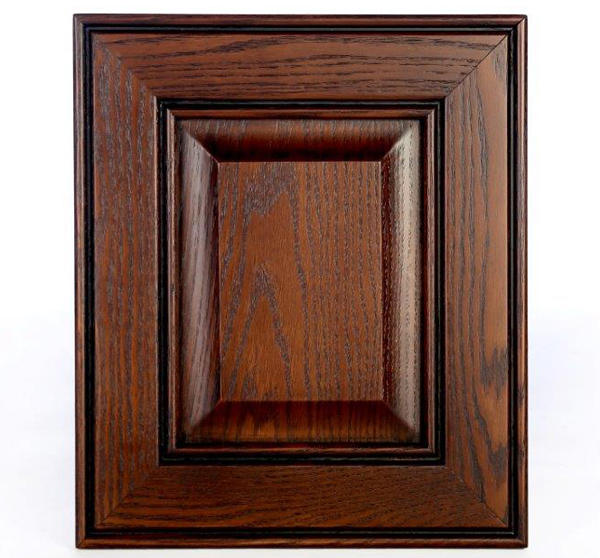
For instance, several year ago, the company’s darker Java, Espresso and Brown Mahogany colors were trendy, and Monahan says they’re still very popular now. But, the new chic color, surprisingly, is gray. “Right now, any shade of gray sells,” Monahan says. “We have seven paint colors, gel stain, dye stain and floor stain all in gray. They have become the new neutral in the color world.”
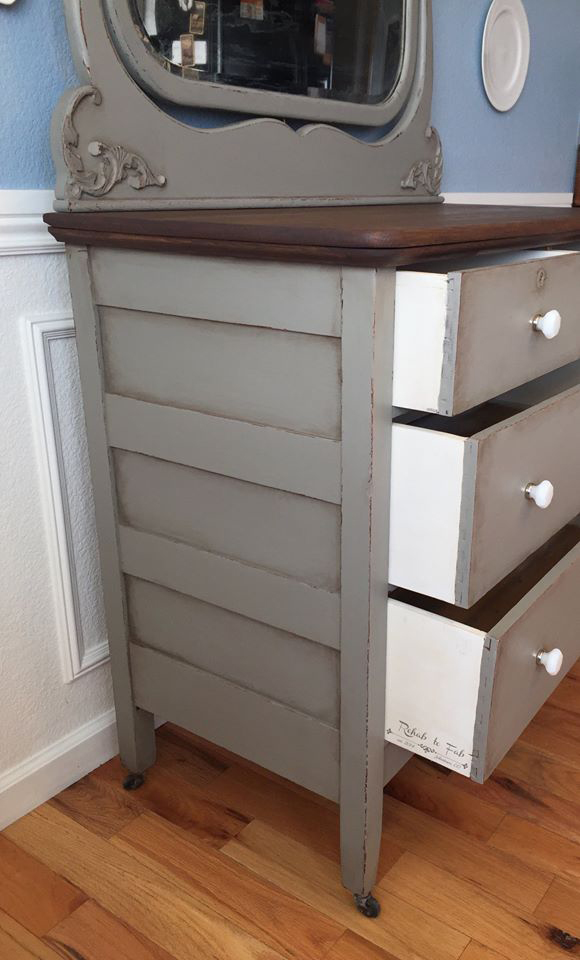
Aside from consumer interest in better water-based stains, General Finishes has also been monitoring the trend of DIYers who are changing their wood-tone kitchen cabinets to white. Maybe you’ve done the same thing or are considering it for your kitchen. But if you’ve tried to paint cabinets without stripping off the old finish first, you know that there can be adhesion problems between paint and clear coats. And, even on raw wood, a paint primer may not prevent tannins and resins from bleeding through and leaving stains that are hard to hide.
So, recently, GF set out to develop a better wood primer. Its lab tested seven different commercially available stain-blocking primers on builder-grade oak cabinet doors, finished either with lacquer or red dye stain. The results of that testing led GF to develop its new Stain Blocker Primer with an “atypical resin formula” that includes epoxy and is water-based. “Our new Stain Blocker outperforms them all,” Monahan says.
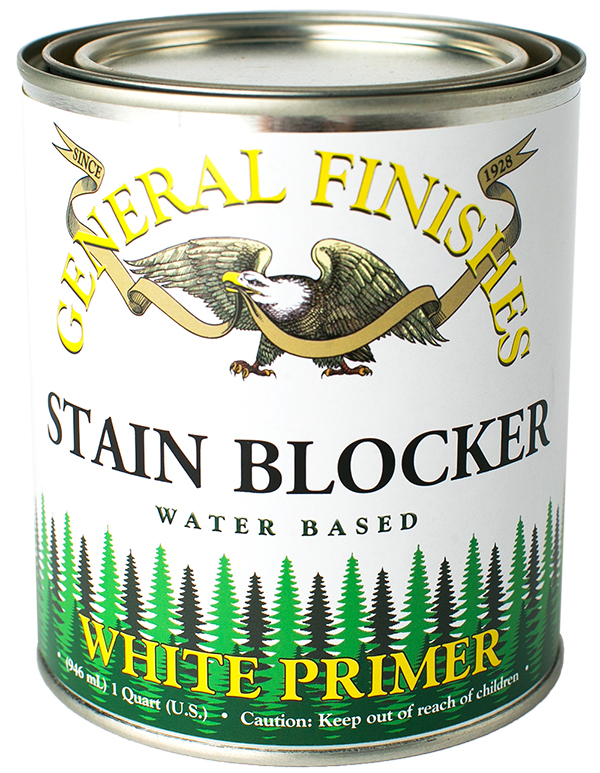
Stain Blocker is recommended for use over existing finishes, raw wood or MDF, and it’s suitable as the base coat under milk paints, chalk-style paints and GF Black and White Tinted Polys. Monahan adds that if you are painting raw wood with high tannin content — oak, pine, maple, alder or poplar — Stain Blocker White Primer will effectively prevent tannin bleed through.
Whether it’s improving an existing product line, or developing something wholly new, General Finishes turns to social media as one barometer for staying current in a “trending” world. It also helps that many of GF’s employees are active woodworkers, painters, artists and hobbyists of one sort or another, Monahan adds.
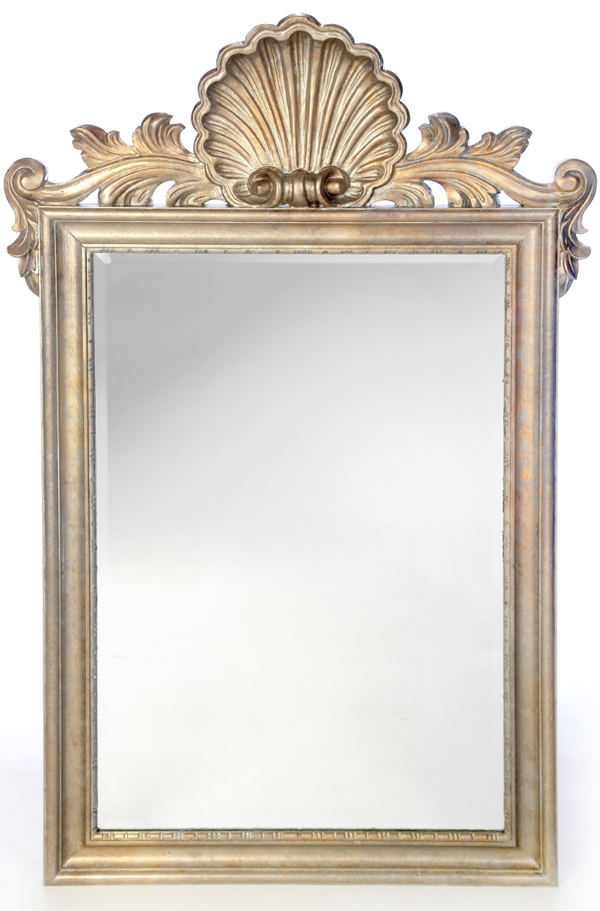
“We are a fairly young (generational) group, and I think we are well-balanced between experience and youth … We all have a passion for what we do here.”
Learn more about General Finishes Water Based Stains, Stain Blocker Primer and other finishing products by clicking here.
